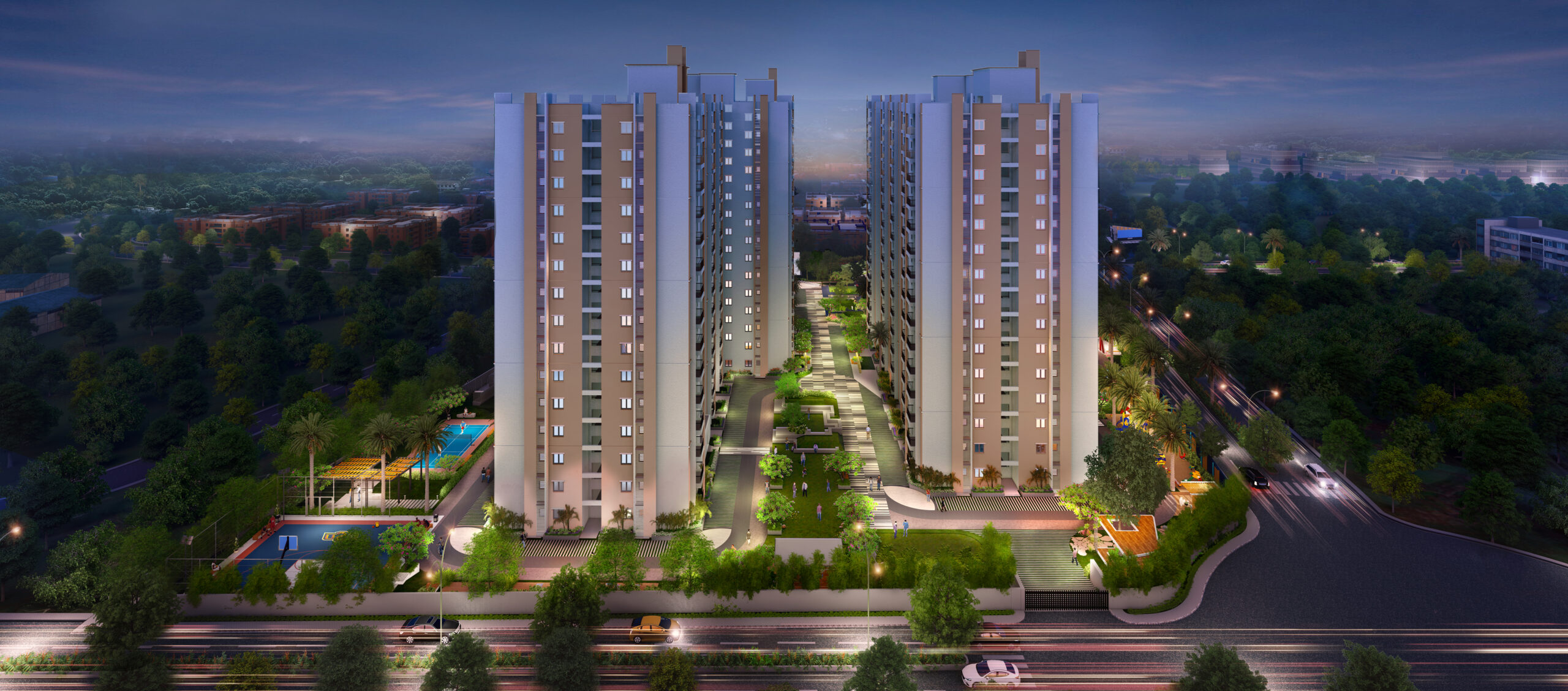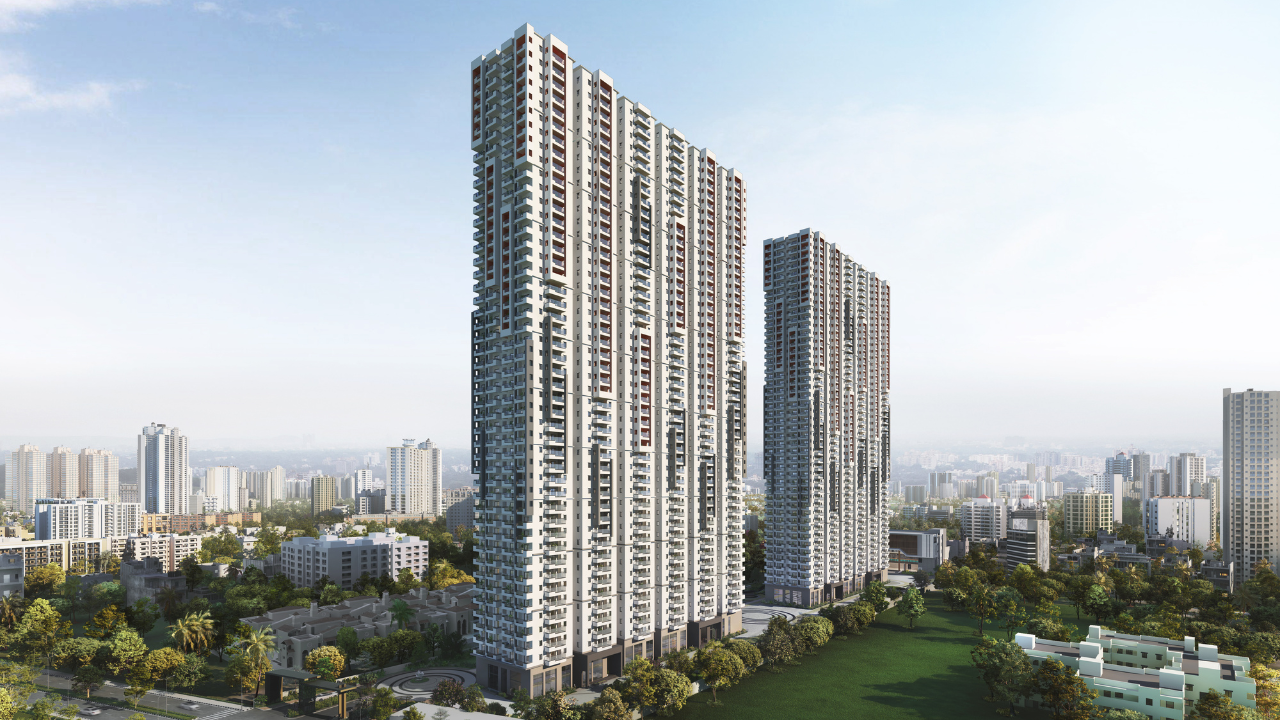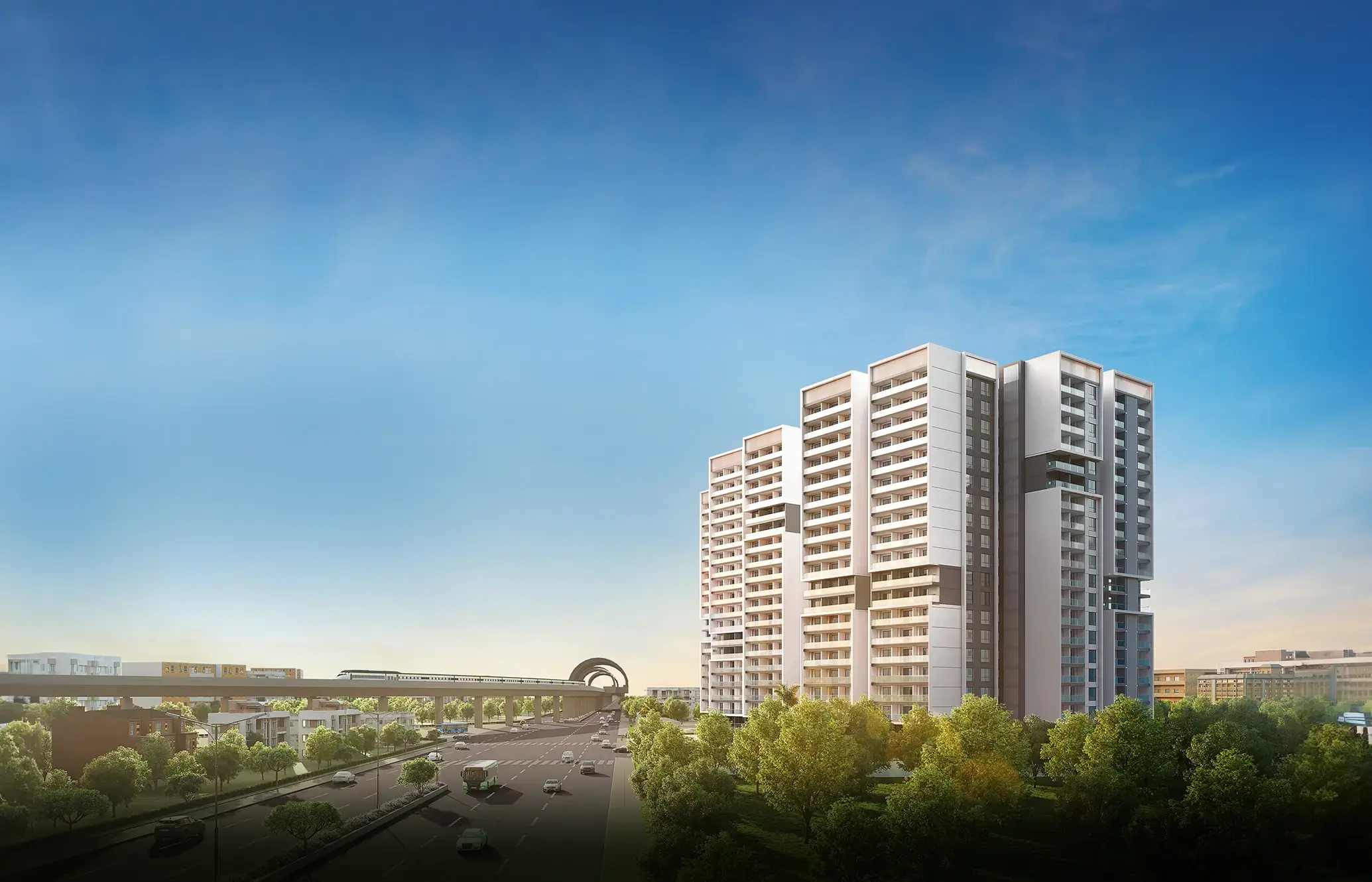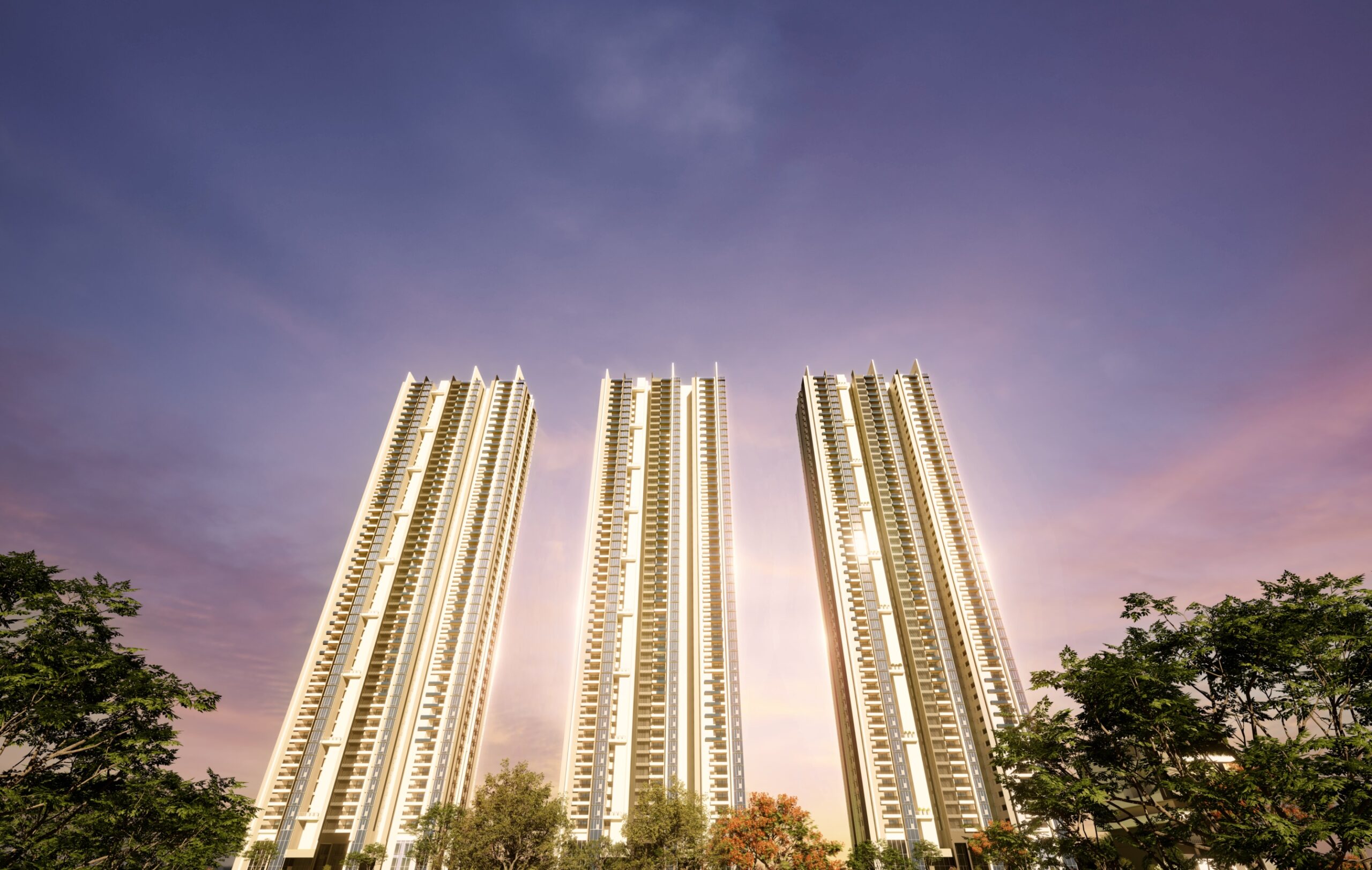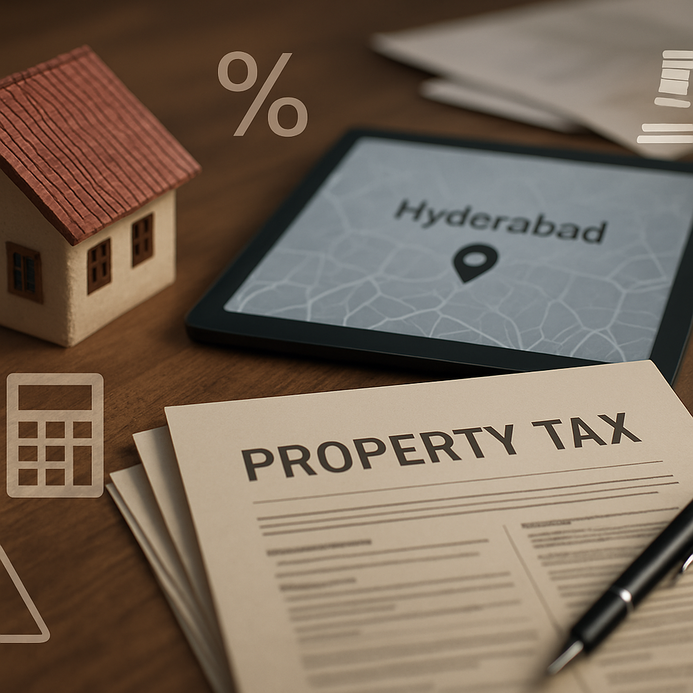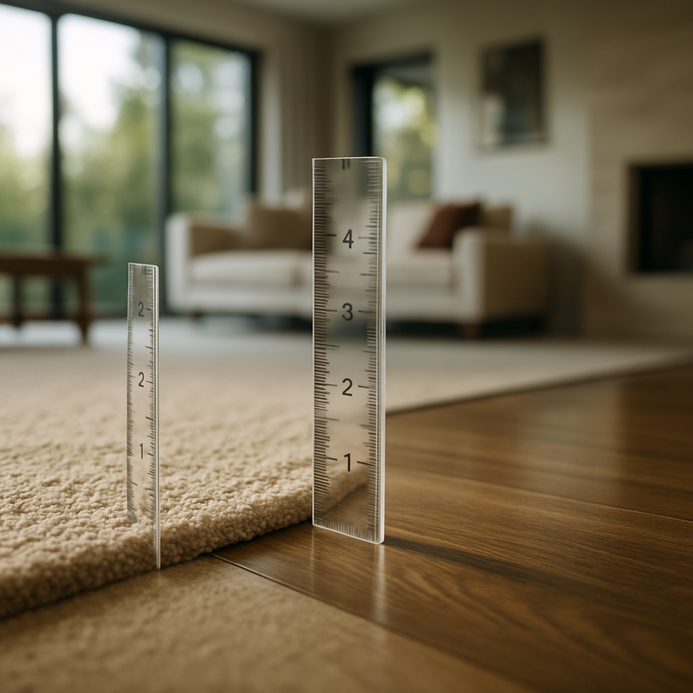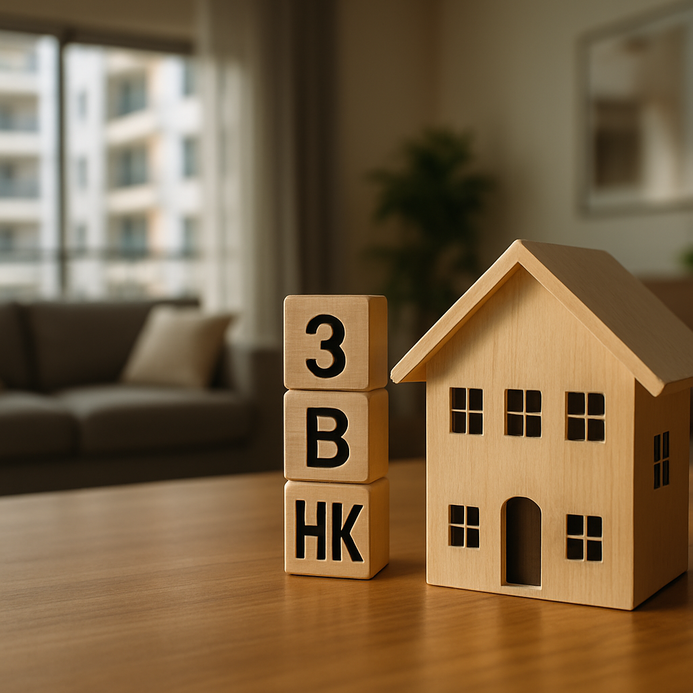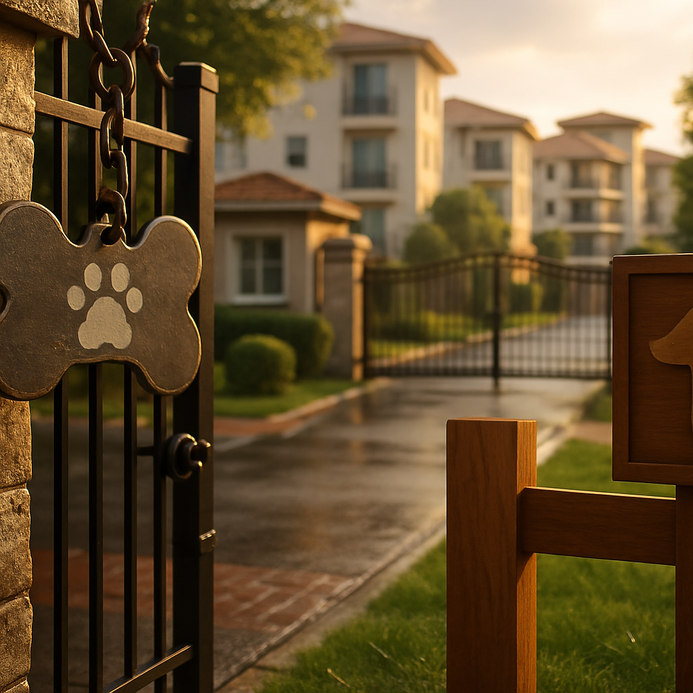RWA Guide: How to Handle Problems in Aging High-Rise Buildings
Introduction: Understanding the Lifecycle of High-Rise Buildings
High-rise buildings typically hang around for about 50 years, give or take, right? A whole bunch of factors play into how long they last, like the design, materials, and how well folks take care of them. But as they age, problems start to creep in. Structural wear, outdated systems, and changing safety regulations come into play.
Key Milestones Over a 50-Year Lifespan
| Year | Milestone/Achievement | Common Issues |
|---|---|---|
| 0 | Construction completed and occupancy begins | Initial defects or structural issues |
| 10 | First major maintenance check | Wear in common areas, plumbing, and electricity |
| 20 | Potential for renovation and upgrades | Outdated systems, compliance with regulations |
| 30 | Major refurbishments possible | Current technology may need updates |
| 40 | Structural evaluations and significant repairs | Major issues may arise with facade and systems |
| 50 | Decision on redevelopment or preservation | High cost of maintaining aging structures |
Now, let’s not forget the Resident Welfare Association (RWA). They’re crucial for managing and maintaining these buildings.
In places like India, buildings have to go through inspections after about 30 years. If they don’t pass, it can mean major renovations or even tearing down homes. This is especially true in a bustling city like Hyderabad, where high-rise management is a must. Keeping in touch with authorities, sticking to maintenance schedules, and having solid improvement plans can really help tackle the issues that come with aging buildings.
Oh, and keeping up with new tech and trends can seriously help make smart choices around high-rise renovations. For more info on property upkeep, have a look at this article about annual maintenance contracts for elevators.
Aging Infrastructure: Common Issues After 30-40 Years
High-rises start showing their age after 30 to 40 years, and the issues can pile up quickly. Here are some of the big ones:
1. Structural Degradation: You see cracks in the walls and ceilings that can lead to serious problems down the line if left unchecked. Regular inspections really need to be part of the routine to catch these early.
2. Plumbing Issues: Aging pipes start leaking, and water pressure drops, not to mention the quality of water might suffer too. Sometimes, a plumbing upgrade is a must to dodge costly repairs.
3. Routine Maintenance Challenges: As buildings age, upkeep gets trickier. Maintenance standards might slip, sparking disputes within the RWA. Regular updates on the RWA app could help keep everyone in the loop about what’s needed.
4. Fire Safety Compliance: A lot of older buildings may not stack up against today’s fire safety rules. Regular assessments are key to ensure everything’s safe.
5. Elevator Performance: Old elevators break down more often, causing interruptions for residents.
Here’s a snapshot of these issues and what can be done:
| Issue | Symptoms | Potential Solutions |
|---|---|---|
| Structural Degradation | Cracks in walls/ceilings | Regular inspections and reinforcements |
| Plumbing Issues | Leaks, low water pressure | Replace outdated pipes |
| Maintenance Challenges | Increased disputes | Update RWA app for communication |
| Fire Safety Compliance | Non-compliance with regulations | Fire safety audits and upgrades |
| Elevator Performance | Frequent breakdowns | Regular maintenance and upgrades |
Residents and RWAs need to be ahead of the curve to ensure high living standards in these older buildings. Sustainable solutions are about tackling these problems before they blow up. If you need more info on maintenance, check out this guide on flat maintenance.
Financial and Legal Complexities of Redevelopment
Now, let’s dive into the world of redevelopment, it’s not simple, and it can get pretty pricey. When a high-rise needs a facelift or a full teardown, it can be a real financial rollercoaster. For example, in Hyderabad, you might be looking at anywhere from ₹4,000 to ₹10,000 per square foot for renovations, depending on the building’s condition and the desired upgrades.
But the costs don’t end there. You also have to think about architect fees, project managers, legal advice, you name it. These can easily eat up about 15-20% of your total budget, as shown in this renovation planning breakdown:
| Cost Type | Average Percentage of Total Budget |
|---|---|
| Construction Materials | 40% |
| Labor | 30% |
| Design and Planning | 15% |
| Permitting and Fees | 10% |
| Contingency | 5% |
Alongside the financial aspects, the legal side can throw a wrench in the works too. You’ve got to comply with the Real Estate (Regulation and Development) Act and local codes. A simple change in structures often requires fresh approvals from local authorities, and if you mess that up, you might face fines or delays.
Managing the RWA during redevelopment is essential. Their decisions must be transparent and in line with bylaws because disputes can surface pretty quickly. If there’s a disagreement among residents about the plan, it can really complicate things.
Planning for the long haul is key. Without a solid roadmap, you could run into budget overruns and unfinished work. Having a dedicated project manager who knows the ropes of high-rise redevelopment can make a significant difference.
For more legal insights, take a look at the Essential Guide to Relinquishment Deeds and the RERA Legal Options Explained.
Redevelopment can be complex but definitely rewarding, especially with the right knowledge and resources at your side.
The Role of the Residents’ Welfare Association (RWA)
Let’s talk about the unsung heroes, the Residents’ Welfare Associations (RWAs). They’re vital in managing high-rises as they near the half-century mark. The RWA keeps an eye on residents’ well-being and safety, handles maintenance, and navigates redevelopment challenges. They’re basically the link between residents and local authorities, helping to sort out issues like building safety and service delivery.
One major task they have is maintaining common areas, think elevators, water supply, and electrical systems. Regular check-ups and repairs are essential. In many spots, RWAs have the green light to handle budgets and approve maintenance contracts, juggling quite a bit!
When it comes to redevelopment, RWAs step up even more. They gather opinions from residents, facilitating discussions that steer decisions about upgrading or rebuilding aging buildings. Their influence can significantly affect how quickly and efficiently a developer can move.
Plus, RWAs often help residents understand legal aspects, like getting the necessary clearances for renovations. This all-encompassing approach plays a massive part in sustainable urban development.
| RWA Responsibilities | Description |
|---|---|
| Maintenance Coordination | Organizing regular inspections and repairs for common facilities. |
| Financial Management | Handling budgets and maintenance contracts, ensuring transparent expenditure. |
| Redevelopment Facilitation | Coordinating resident input for redevelopment plans of old buildings. |
| Legal Assistance | Helping residents understand documentation for renovations and compliance. |
Making sure residents and RWAs work well together is key to keeping that community spirit alive while tackling the challenges of aging infrastructure.
FAQ
Q1: What is the typical lifespan of a high-rise building?
A1: High-rise buildings typically last about 50 years, but this can vary based on factors such as design, materials, and maintenance practices.
Q2: When do most high-rises need significant maintenance?
A2: Most high-rises require significant maintenance around the 30 to 40-year mark.
Q3: What is an RWA?
A3: A Residents’ Welfare Association (RWA) is an organization that manages the interests and welfare of residents in a building or housing society.
Q4: What are the financial challenges involved in high-rise redevelopment?
A4: Redevelopment can be costly, involving expenses such as construction, labor, legal fees, and project management, which can add up to 15-20% of the total budget.
